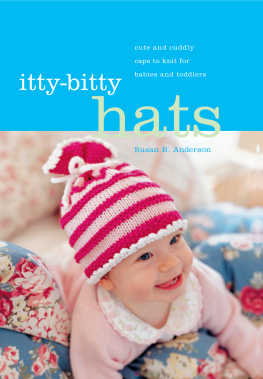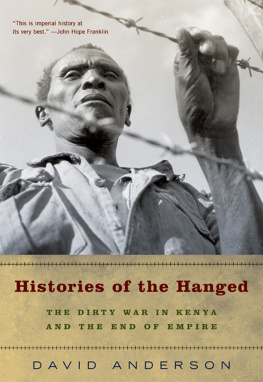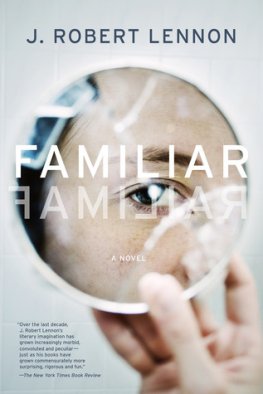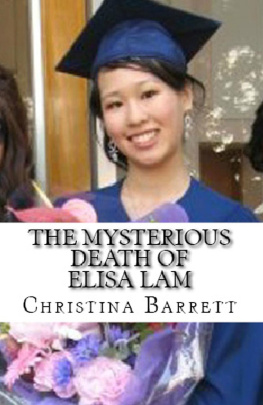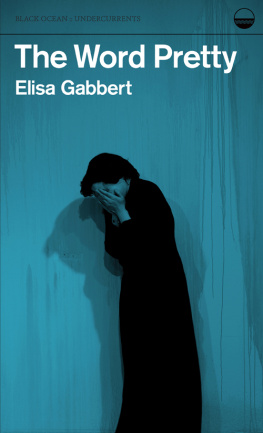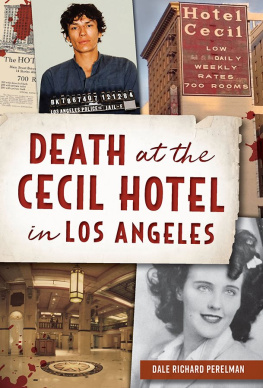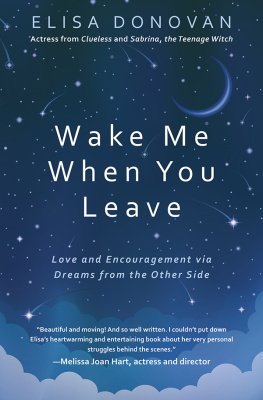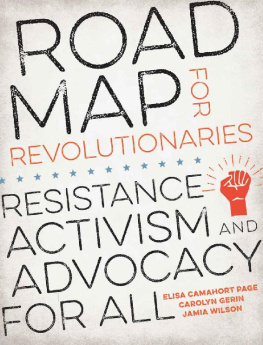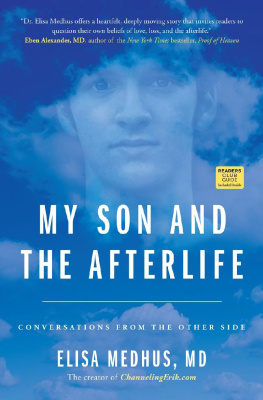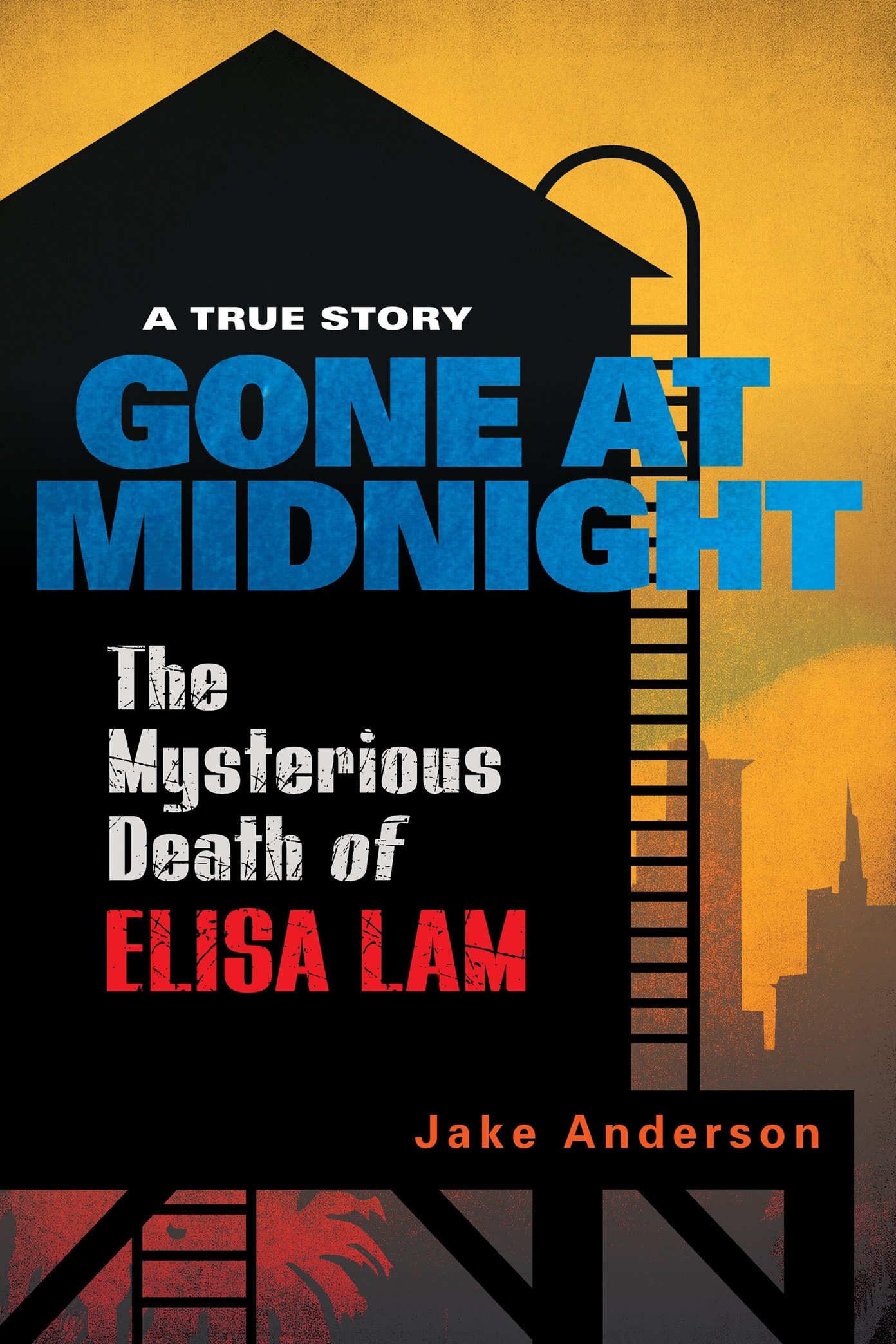ACKNOWLEDGMENTS
This book wasnt just a true-crime exploration; it became a journey of self-discovery that humbled me to my core. Nothing happens in a vacuum, though, even acts as solitary as websleuthing and writing.
First off, I must reiterate the extent to which the love and support of my mother, father, and sister have centered and lifted me time and time again. To the Anderson clanCindy, Steve, Jesse, Ryan, and SageI commit nothing less than my heart and soul. With this particular project, I give special acknowledgment to my mother for revisiting painful memories of her sister (my late aunt Jill), in service of helping me shed light on the reality of mental illness and how it affects familial relationships.
I am deeply indebted to my buddy Jared Salas, who has been instrumental in shaping our documentary about the case but, more important, has remained a true friend during absurd times. He is representative of a small but loyal gaggle of friends, spread across the country, who have nurtured the development of my heart and mind over the last couple of decades. You know who you are.
On this note of friendship, I cast a special thanks to Elisas friend Joe Elwell, who was critical in constructing a humanizing portrait of Elisa. I am also appreciative of Elisas other colleagues at the PNE and her friends who chose to speak off the record. Many of these people have been traumatized by their loss and the sensationalism that catapulted this case into Internet infamy. I admire their loyalty to Elisas memory.
John Lordan, whose tireless and principled devotion to not only this case but hundreds of othersas well as the websleuth movement and the ideals of democratized criminal justice itselfhas been a huge inspiration for me. Other admirable researchers, investigators, and websleuths whom I was privileged to meet and work with on this case include Frank Argueta, Genevieve Federhen, John Carman, Lou Colagiovanni, Joni Mayan, Natalie Davis, Chelsea Damali, Robin and many others. John Carman and Lou Colagiovanni get special thanks for going down the rabbit hole of the cover-up narrative. I have a feeling weve only seen the tip of the iceberg, and Im relieved to have them as tunneling partners.
It was a great honor for me to not only meet my favorite radio host (and one of the great philosophy minds of our time), Clyde Lewis, but to be a guest on his show and mind-meld about synchronicity and thought-forms. The zeitgeist is way more interesting with Clydes vision. His producer, Ron Patton, has also been enormously helpful and uplifting.
One of the great challenges of this case has been getting people to speak on the record about some of the unpleasant details and for this reason, I am very thankful for Fred Corral and Dr. John Hiserodt.
Another challenge has been finding Cecil Hotel tenants willing to speak about their experiences there. Sally helped me expose the true extent of suffering and calamity that has gone on there, and her stories will resonate with me for the rest of my life.
One of the great shaping influences in my life has been my journalism work with Nick Bernabe and the Anti-Media community. True visionaries arent just people with the courage to bring truth and justice into this world, but people who understand that defeating corruption must start with individual kindness, grace, friendship, and love.
Finally, there is no way to overstate my appreciation for my editor, Michaela Hamilton, who believed in and nurtured my vision for a gonzo true-crime book in which I could explore not only a tragic, mysterious case but the depths of my own mind. In my experience, truth blooms in the same soil as pain.
AUTHORS NOTE
I wrote this book after several years of research into the Elisa Lam case. On a journalistic level, I faced significant hurdles, namely that after the investigation was officially closed, the three ostensible sources for information on the casethe LAPD, the Cecil Hotel, and the familyremained completely silent.
I had one critical asset, though, a primary source that changed the trajectory of my investigation: the departed left behind a wealth of online posts. Initially, I viewed these as potential sources for clues to what happened in Elisas final days. To my surprise, what I discovered after reading and studying hundreds of pages of her writing is that Elisa and I had a great deal in common. The full extent of this affinity didnt become apparent until about midway through the project, and it truly shocked me.
Though I have been unable to interview her family (no one has), Elisas public-facing, first-person monologues, in addition to stories and analysis provided to me by her friends, allowed me to reconstruct aspects of her life. While I did, in a couple sections, take creative license to reconstruct scenes, characterizations, and pastiches, the majority of material featuring Elisa is based strictly on her own autobiographical descriptions.
It took time (years, in fact), but I slowly began to discover new evidence in the criminal investigation. Since the vast majority of LAPD personnel and Cecil Hotel employees refuse to discuss the case, I had to cast a wide and unconventional fact-finding net. In addition to Elisas writing and the police and court records, my sources eventually included a police informant, an investigative journalist, a private investigator, a retired deputy coroner, a forensics expert, an LAPD psychologist, several hotel tenants, a bouncer, a family member of a Cecil Hotel employee, and many others. The information they disclosed to me casts considerable shade on the official explanation of Elisas death.
Normally, the lack of involvement by the familywho, tragically, I imagine was doubly traumatized from the sensational media coverage after Elisas deathwould have prevented me from pursuing a commercial project on the subject. However, I strongly believe that since there are already tens of thousands of blog posts and videos (many of them monetized) depicting Elisa in an antagonistic, stigmatizing, and often inaccurate light, there is room for one more entry that takes a hard dive into previously unknown facts of the case and, just as important, provides a larger context for the reality of her psychological struggles. In this sense, the book is a cross-pollination of true-crime and psychological memoir as well as a call for justice that requires equal parts criminal and sociological reckoning.
I believe Elisas story can help others by humanizing and de-stigmatizing mental illness so that more people speak openly about their problems with friends and family and seek help. The caseand Elisa herselfbecame part of the zeitgeist, veritable obsessions for some (at one point garnering 70,000 organic Google searches a month on top of the feverishly viral social media activity). My analysis of this response suggests a sociological component to the case that involves analysis of pathology, conspiracy theories, identity, and the desire for meaning in the Internet age.
Elisas story also has ramifications for criminal justice and the burgeoning websleuth movement.
My methodology throughout this journey has been simple but painstaking. I only formed conclusions based on facts or the debunking of falsehoods; I avoided confirmation bias in support of my hypotheses and continually revised these hypotheses after faithfully following the trail of facts and evidence; I let analysis of the facts lead the narrative and not the other way around; I aimed for transparency where possible (though several of my sources requested to remain anonymous out of fear of retribution); and I used primary materials as much as possible.




